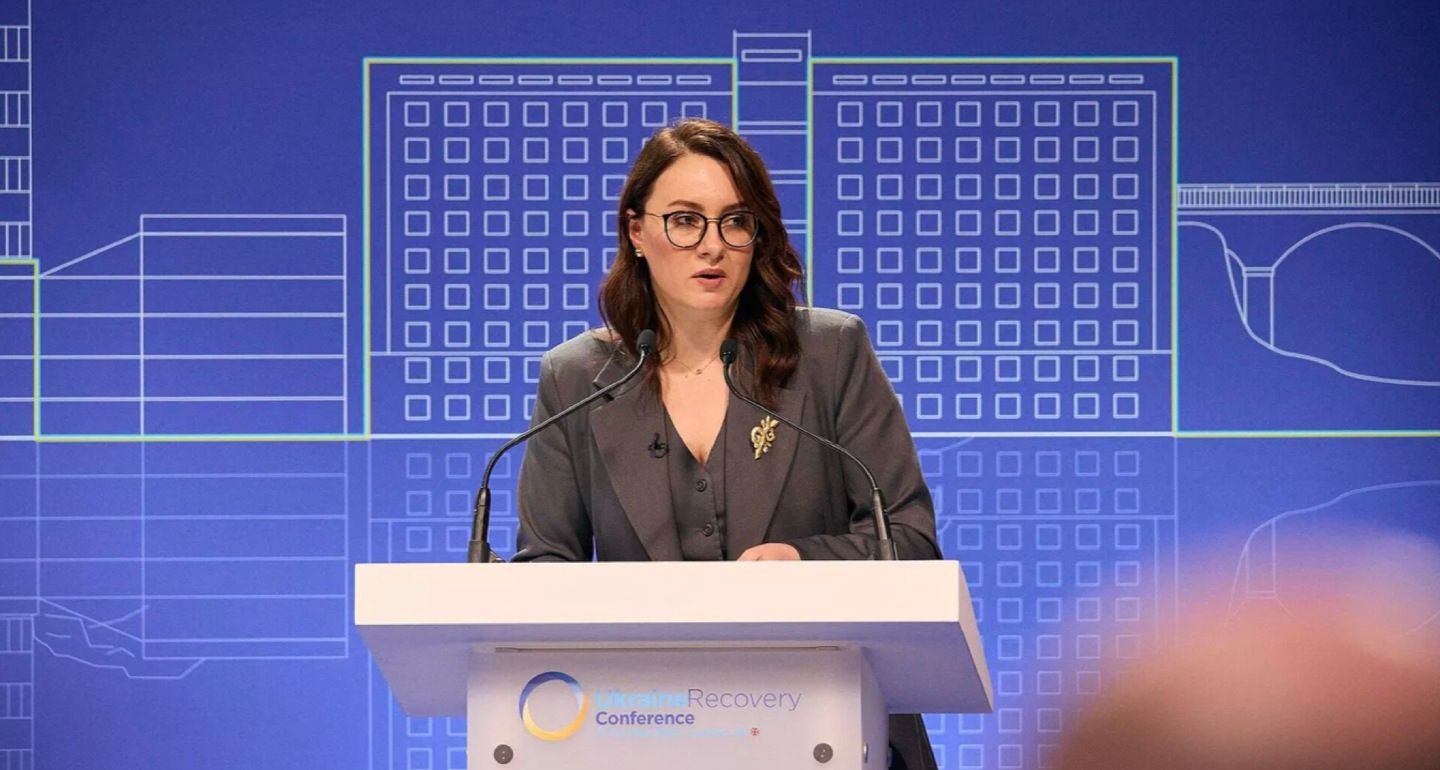Ukraine has a new prime minister for the first time in five years. The country’s longest-serving head of government Denys Shmyhal has ceded his place to Yulia Svyrydenko, a fellow technocrat. During those five years, however, the Ukrainian system of power has transformed so much that the name of the prime minister is no longer as important as it once was. In the current system, only the president and his chief of staff really matter.
Shmyhal’s cabinet was formed back in early March 2020: not only before the full-scale war, but even before the pandemic. Since then, the cabinet’s composition has changed several times: half of the ministers were replaced last summer alone. Shmyhal somehow survived that purge, but by July 2025, he was one of just three “old-timers” left. Now his turn has come.
Shmyhal’s survival for a record five years and 133 days is down to him being a technocrat, loyal to the president, and lacking in political ambition. His predecessors did not last nearly as long because traditionally in Ukraine, tensions between the president and prime minister were often the main drama in domestic politics, such as President Leonid Kravchuk versus Prime Minister Leonid Kuchma, and President Viktor Yushchenko versus Prime Minister Yulia Tymoshenko.
President Volodymyr Zelensky was not prepared to play those games, and after a brief experiment with a team of hipster reformers led by Oleksiy Honcharuk, who condescendingly lectured the president, he placed his bets on a government of professionals who would actually get the job done. Zelensky was focused on swift reforms, which meant that the government had to follow his instructions to the letter.
That all worked, more or less, until the full-scale war effectively froze politics in Ukraine. Martial law made it impossible to hold elections or for the entire government to be changed, since martial law prohibits the termination of the government’s powers.
Certainly, no one inside the government was in any particular rush to test the public’s love for them at the polling stations. But discontent and a desire for change were accumulating in Ukrainian society and needed a release valve. Zelensky’s ratings began to fall, and Ukrainian voters started looking around for alternatives—and finding them in figures such as former commander-in-chief Valery Zaluzhny.
The opposition suggested creating a multi-party coalition government of “national unity,” but that idea did not go down well with Zelensky’s team. The alternative turned out to be the endless rebooting of the existing government, imitating its renewal.
The current changes are a typical reshuffle that bypasses the ban under martial law on dismissing the cabinet. Svyrydenko has gone from first deputy prime minister to prime minister, while Shmyhal remains in the government as defense minister, replacing Rustem Umerov, who will now go to the United States as Ukraine’s ambassador. All that remains to complete the circle is to return Umerov’s predecessor Oksana Markarova from Washington to the government, where she was finance minister before being appointed U.S. ambassador.
The latest reboot is generally being explained as a move by the head of the presidential administration, Andriy Yermak, to strengthen his position even further. No matter how loyal Shmyhal was, he was not Yermak’s creature, and therefore had to be replaced. Previous attempts to remove him were thwarted by David Arakhamia, head of Zelensky’s Servant of the People party faction in parliament and one of the few independent voices in the presidential team, which threatened to result in the emergence of an alternative center of power. As his relationship with Washington deteriorated, Yermak felt it was necessary to shore up his influence on domestic policy, and Shmyhal’s fate was decided.
Yermak’s choice fell on Svyrydenko, the first deputy prime minister and economy minister, who had previously worked under his leadership in the presidential administration. Ukrainska Pravda news website paints a vivid portrait of the new head of government, reporting that she is even more loyal and efficient than her predecessor: she diligently writes down all the president’s instructions in a notebook, and makes her government jet available to the first lady, thanks to which she is on good terms with her.
More importantly, Svyrydenko has an impressive list of achievements behind her, having worked her way up from a provincial official to the head of government. During her work in the Chernihiv regional administration, the region was the fastest growing in terms of investment, not least thanks to Svyrydenko’s efforts to attract investors from China, for which purpose she learned Chinese.
Despite not being a protégé of any of the regional clans, Svyrydenko rose through the ranks and almost became governor of Chernihiv, though ultimately, then president Petro Poroshenko chose a local party member over her. She is also well known in the West: Time magazine included her in its 2023 Time100 Next Leaders.
Now she has become the second woman in the history of Ukraine to reach the country’s second highest office. The first, Yulia Tymoshenko, was also once considered little more than the creature of the influential governor and later prime minister Pavlo Lazarenko. But today, Lazarenko is nowhere to be seen, while Tymoshenko still has her own faction in the Ukrainian parliament.
It has often been said that Zelensky believes more in individuals than in institutions, which creates the illusion that the result can change simply by moving people around. But in the established power system, the prime minister’s name does not matter—not because of institutions that work like clockwork, but because all branches of power except the presidential vertical have dried up. It goes without saying that this happened for a reason: the scale of the problems that befell Zelensky’s team was and remains unprecedented. But with each passing day, it is becoming increasingly difficult to imagine a reverse transformation of this system upon a return to normal life, without states of emergency and martial law. In the meantime, amid a seemingly endless war, even thinking about such a time is beginning to seem utopian.





